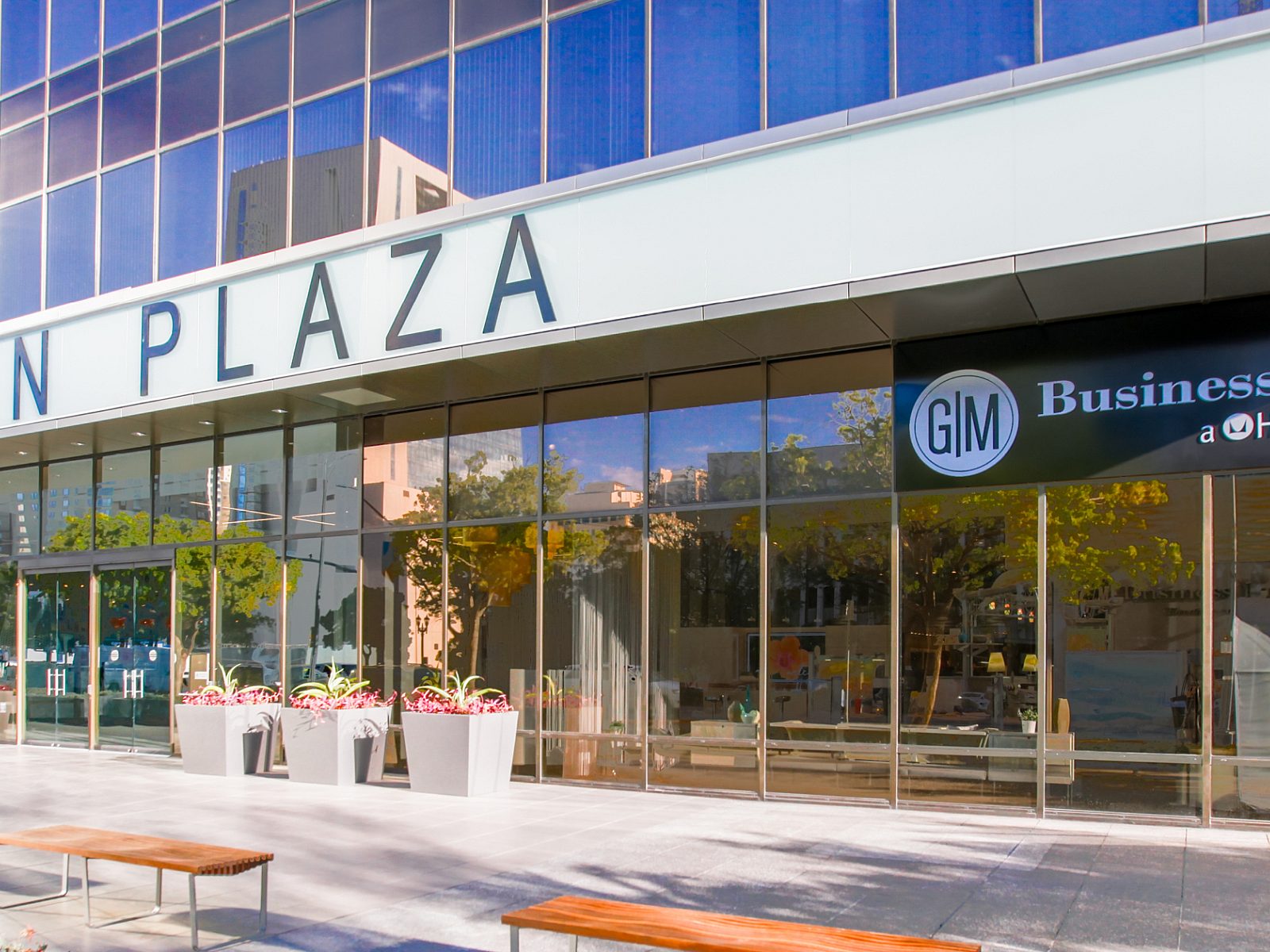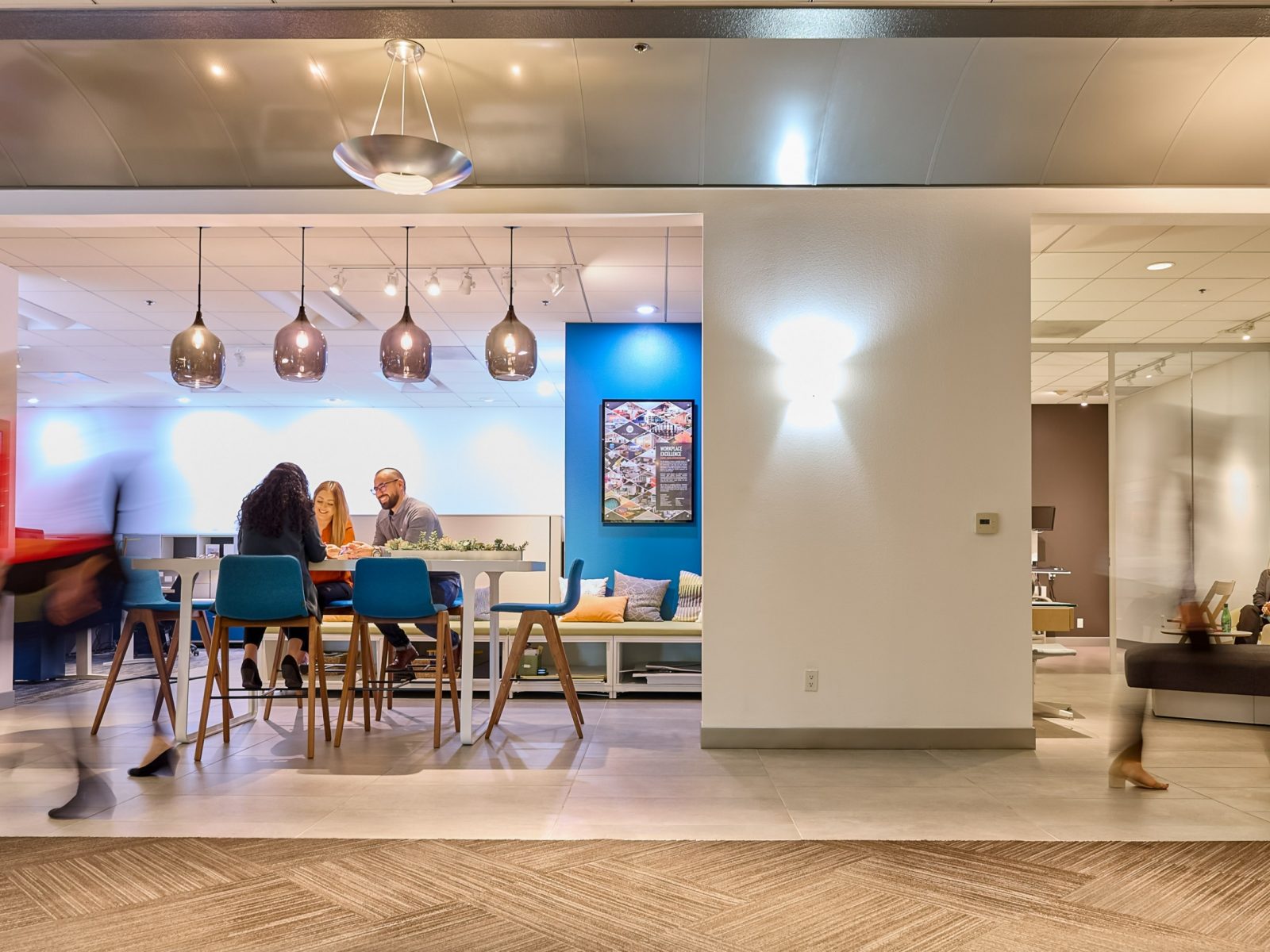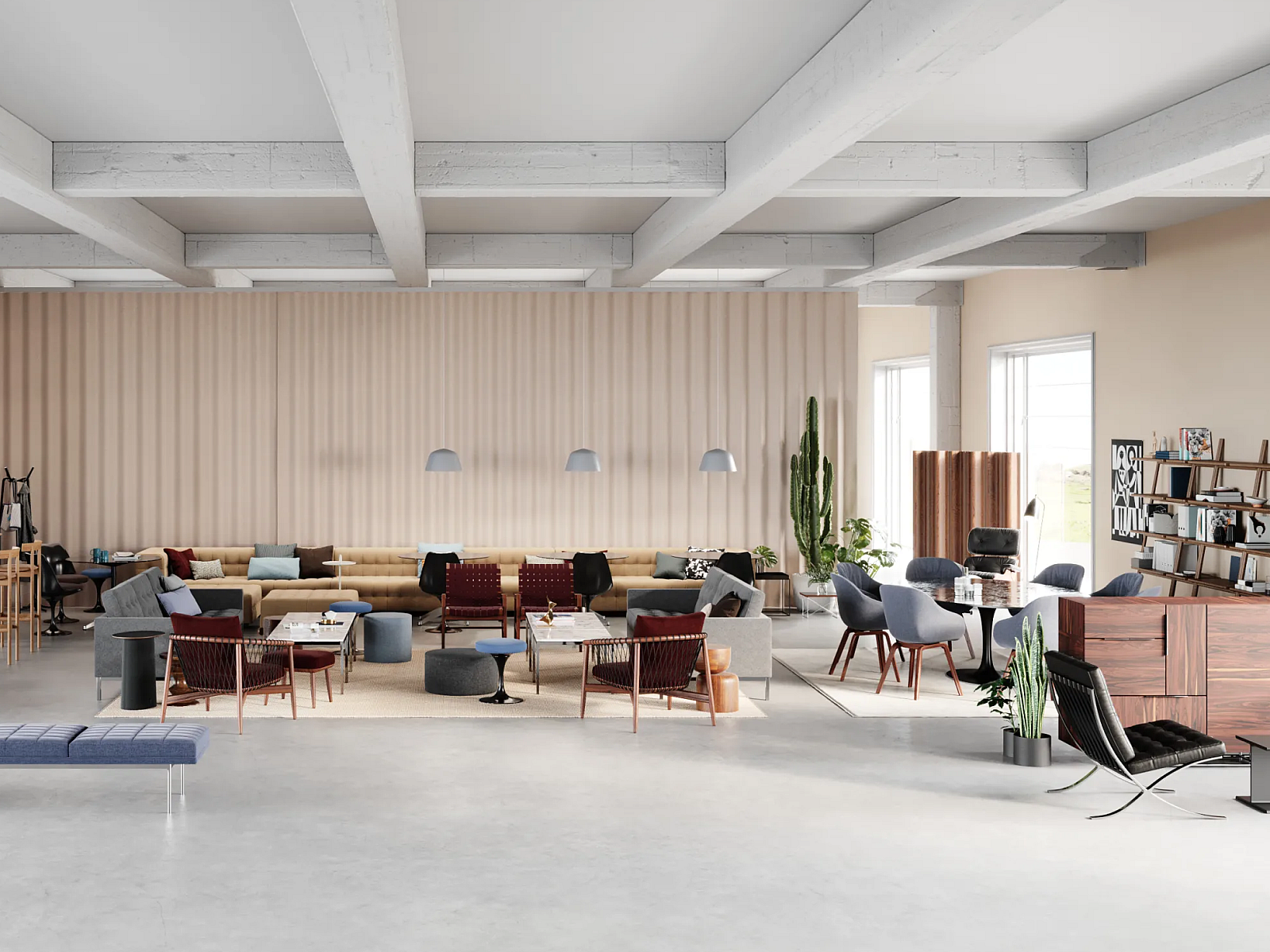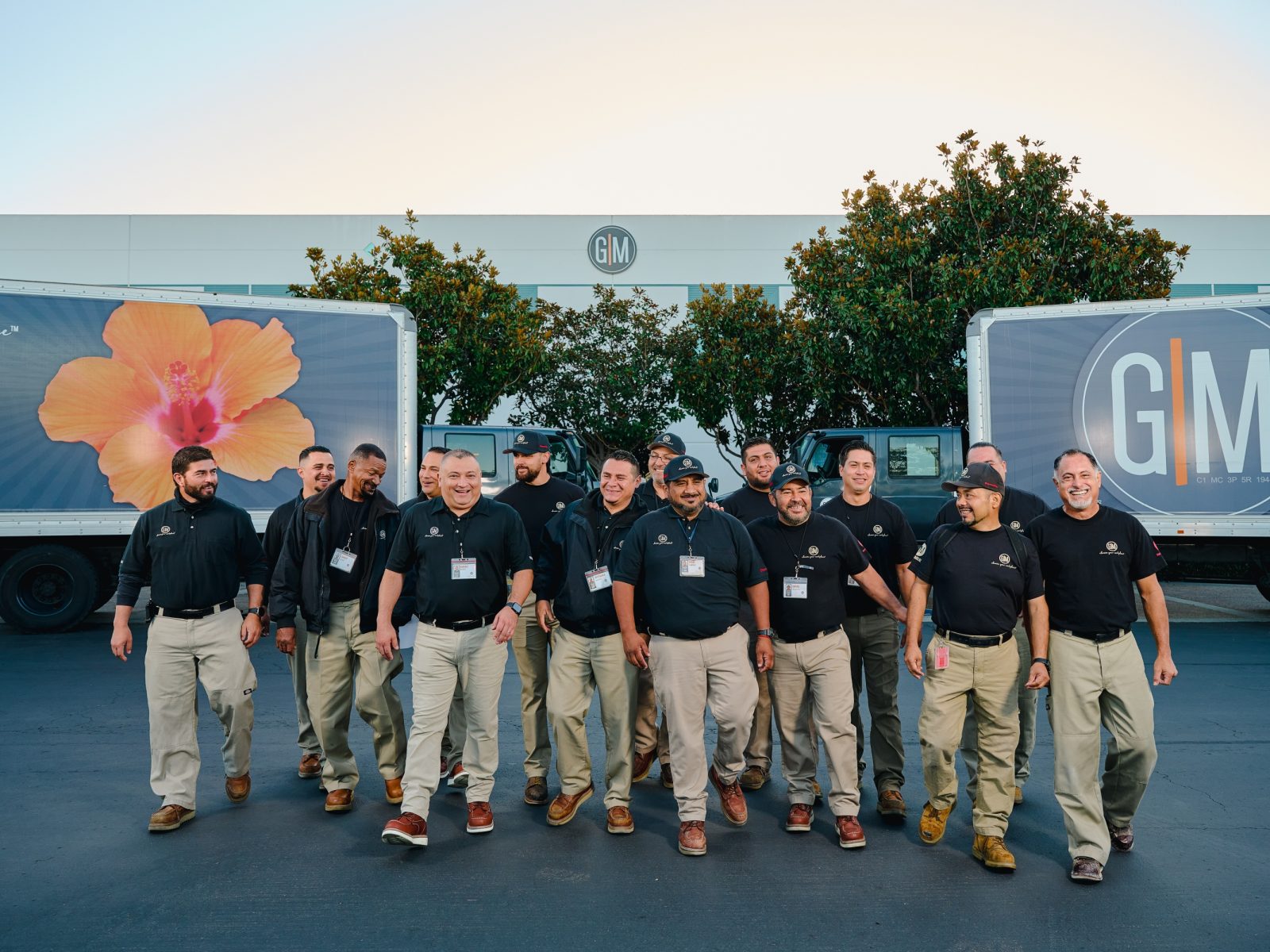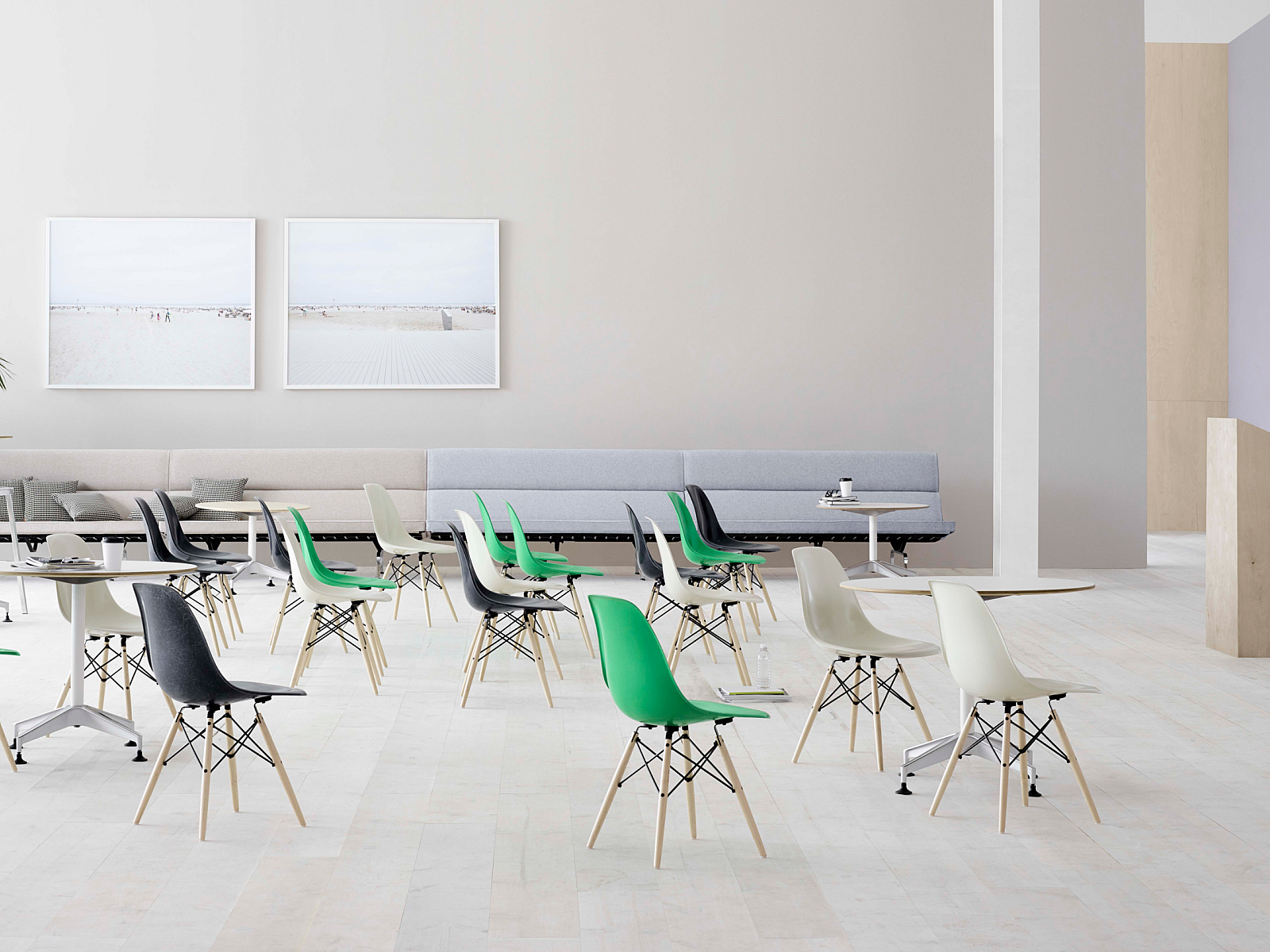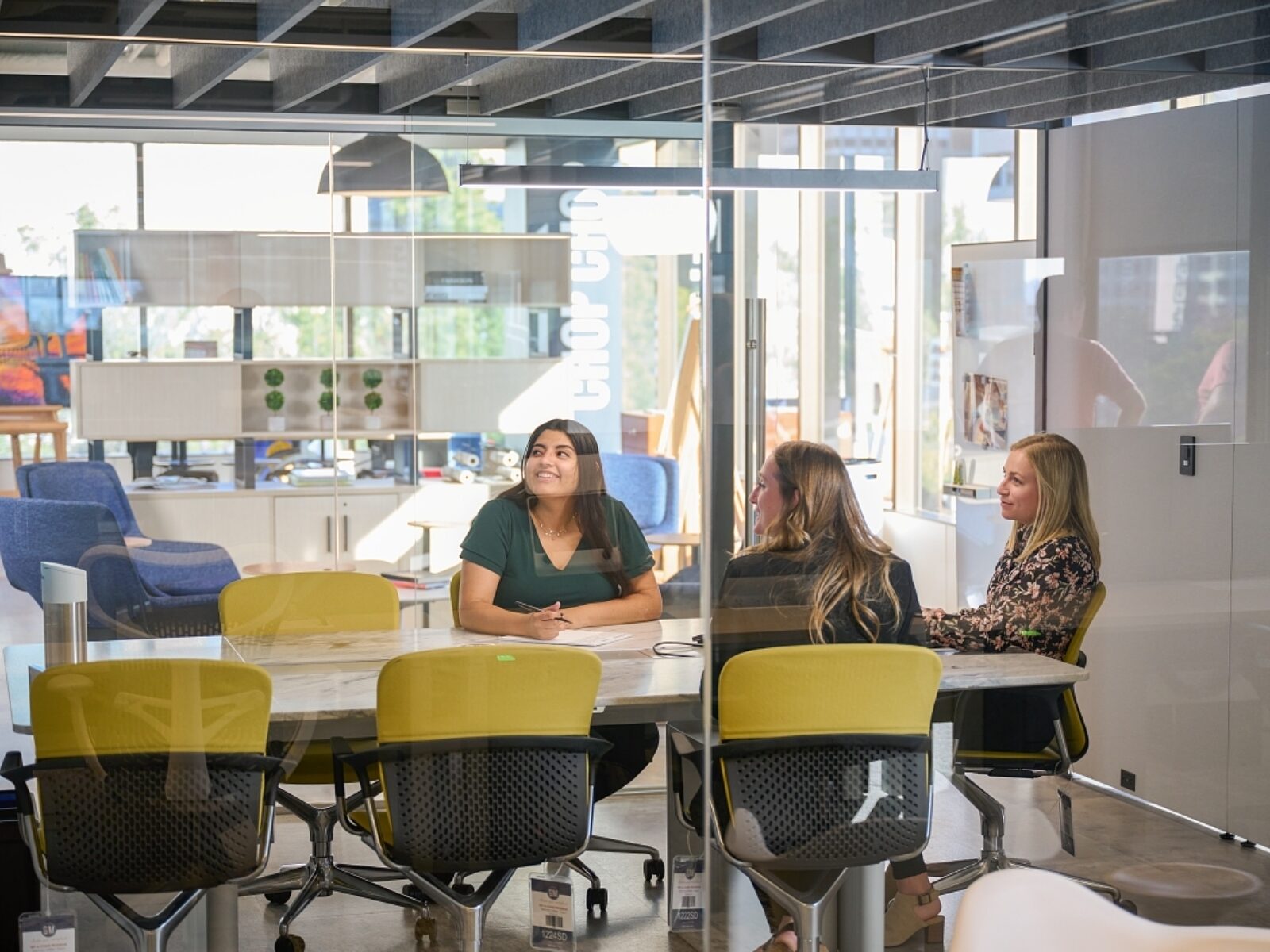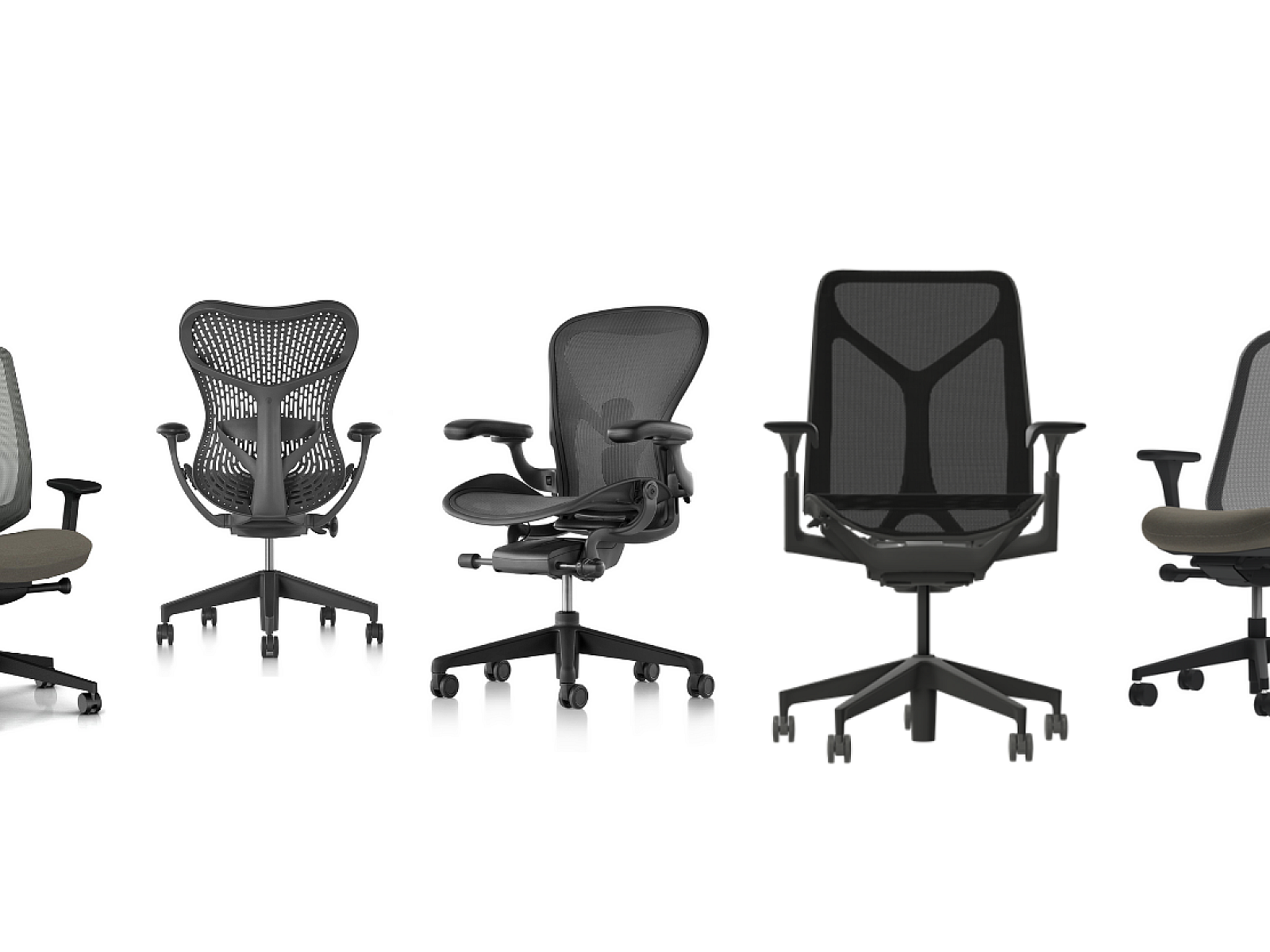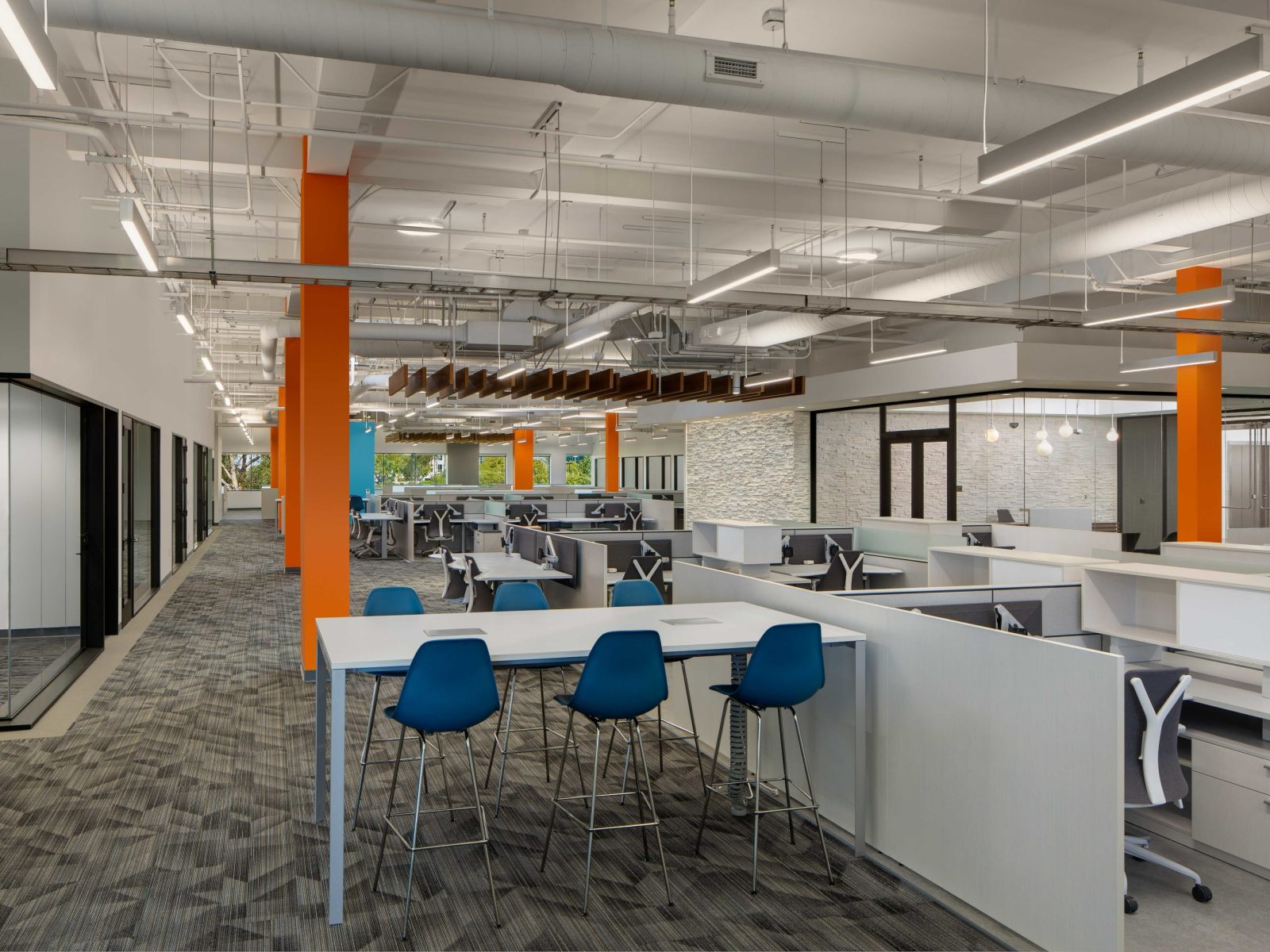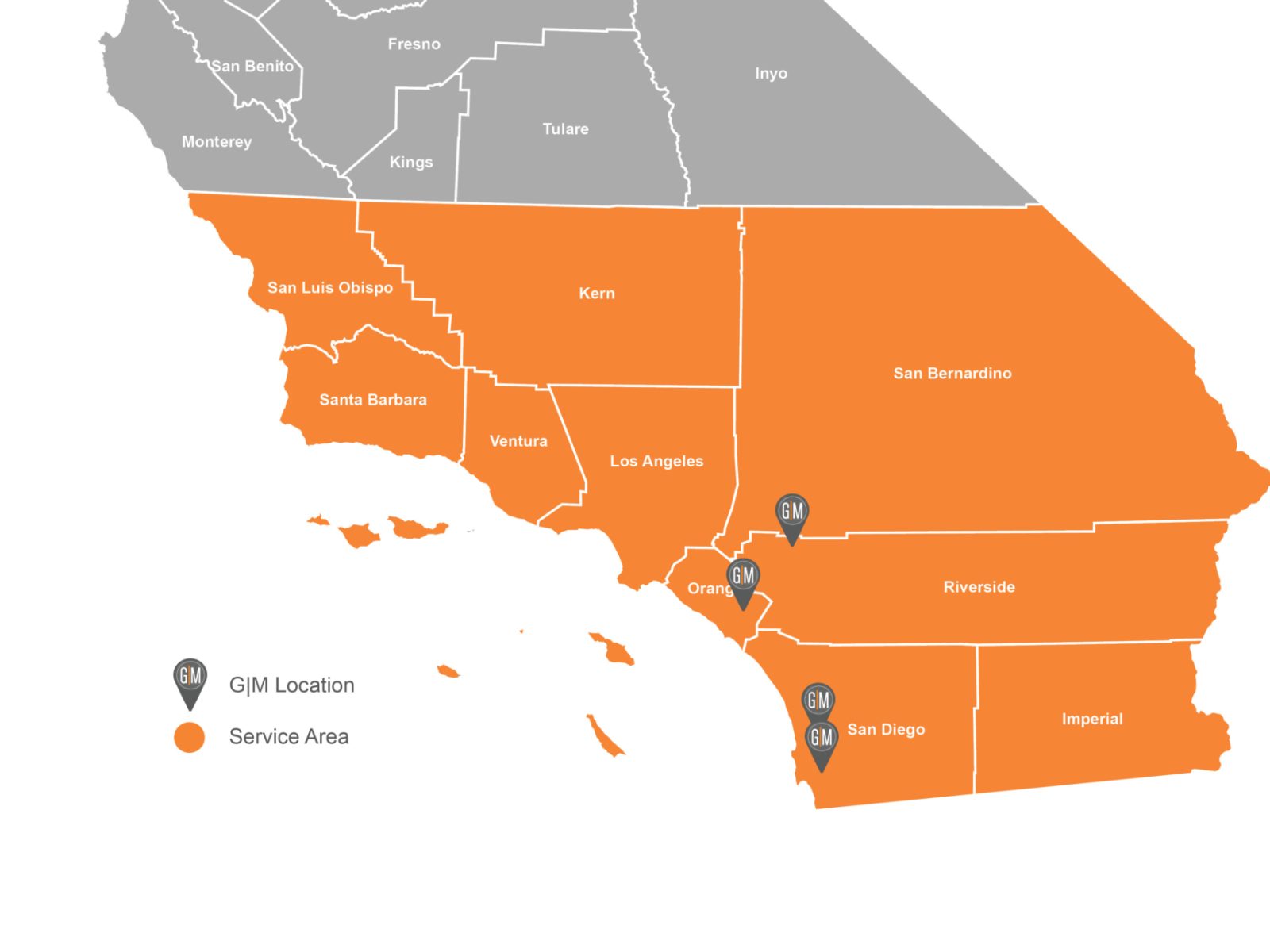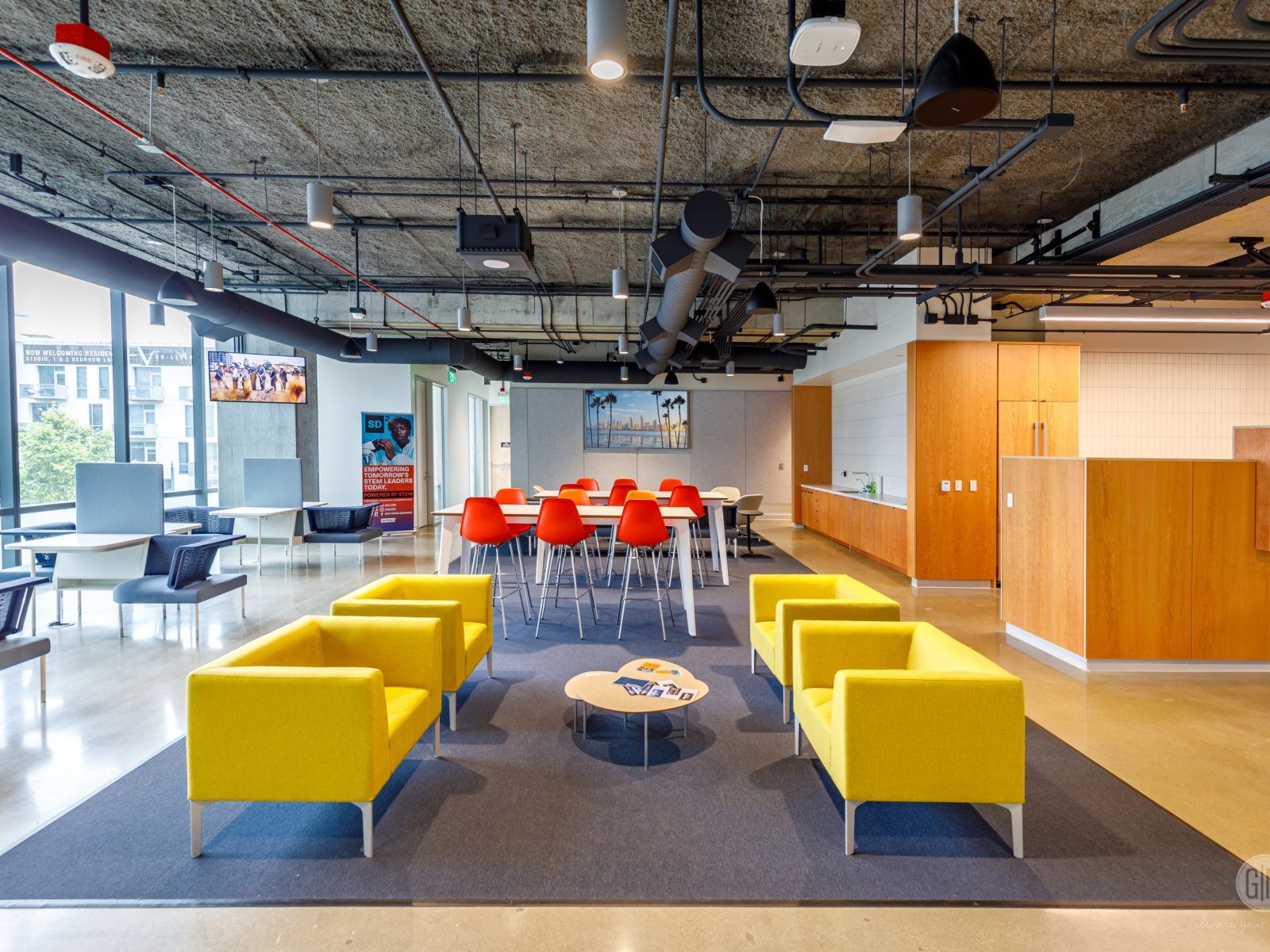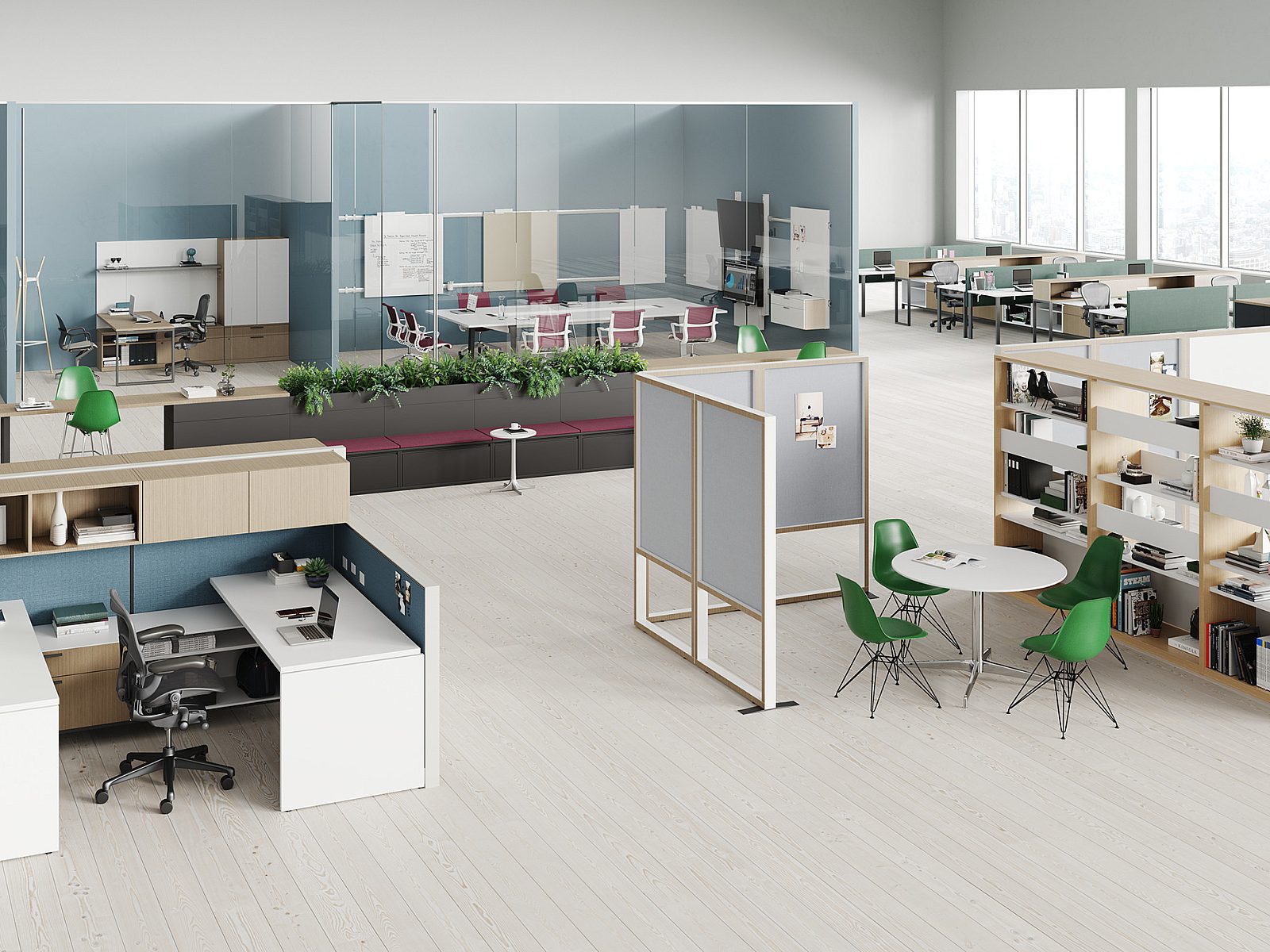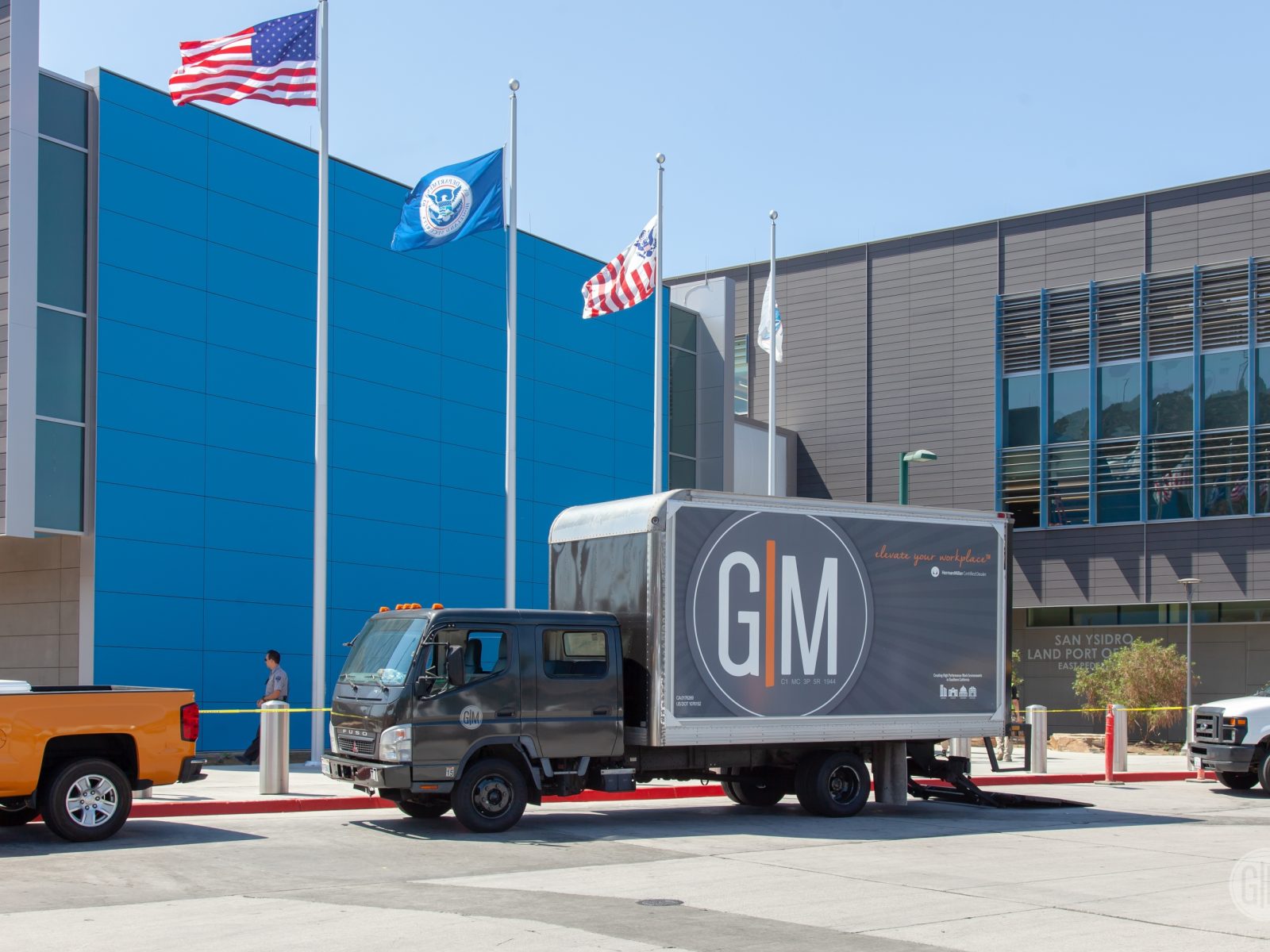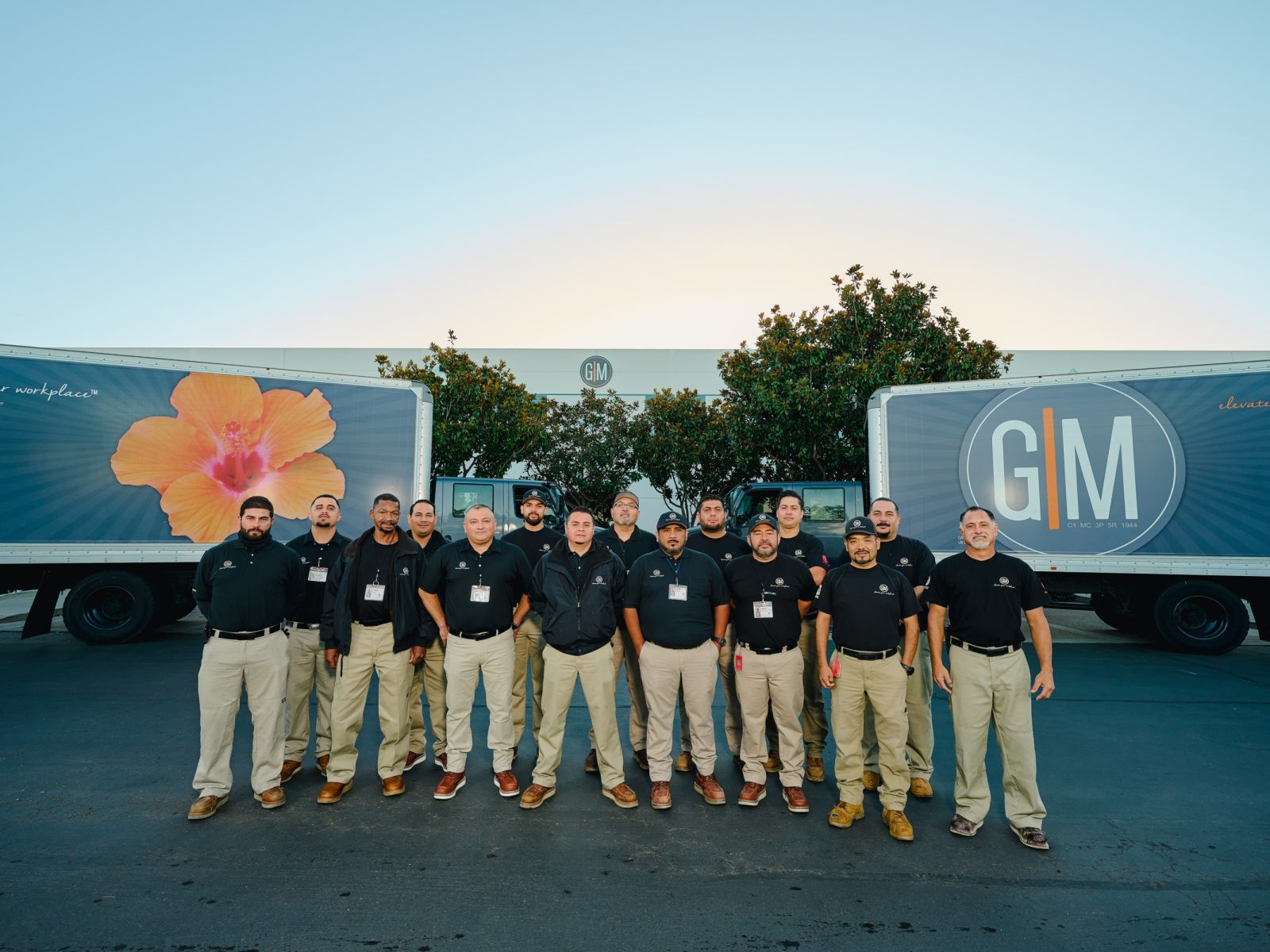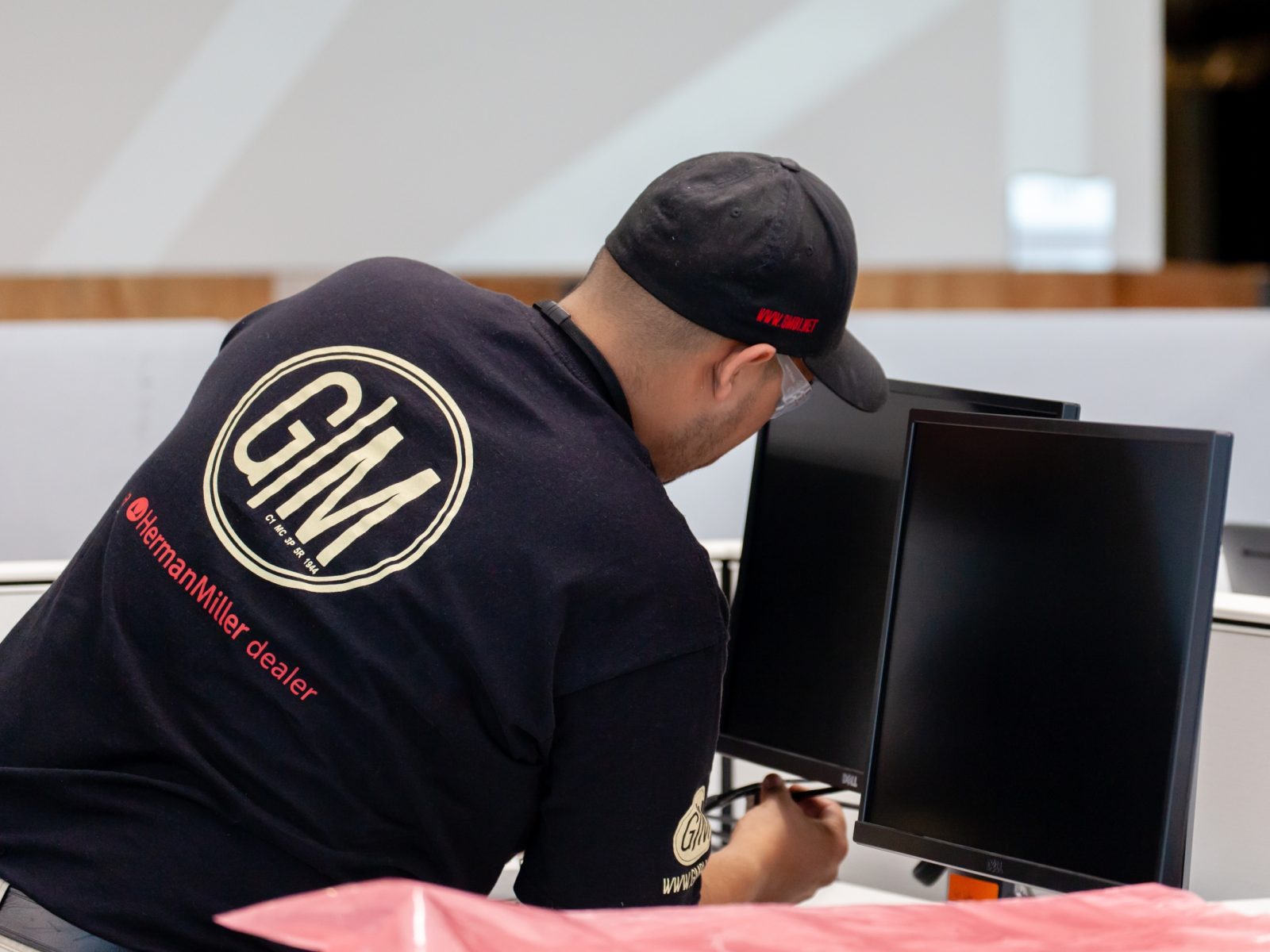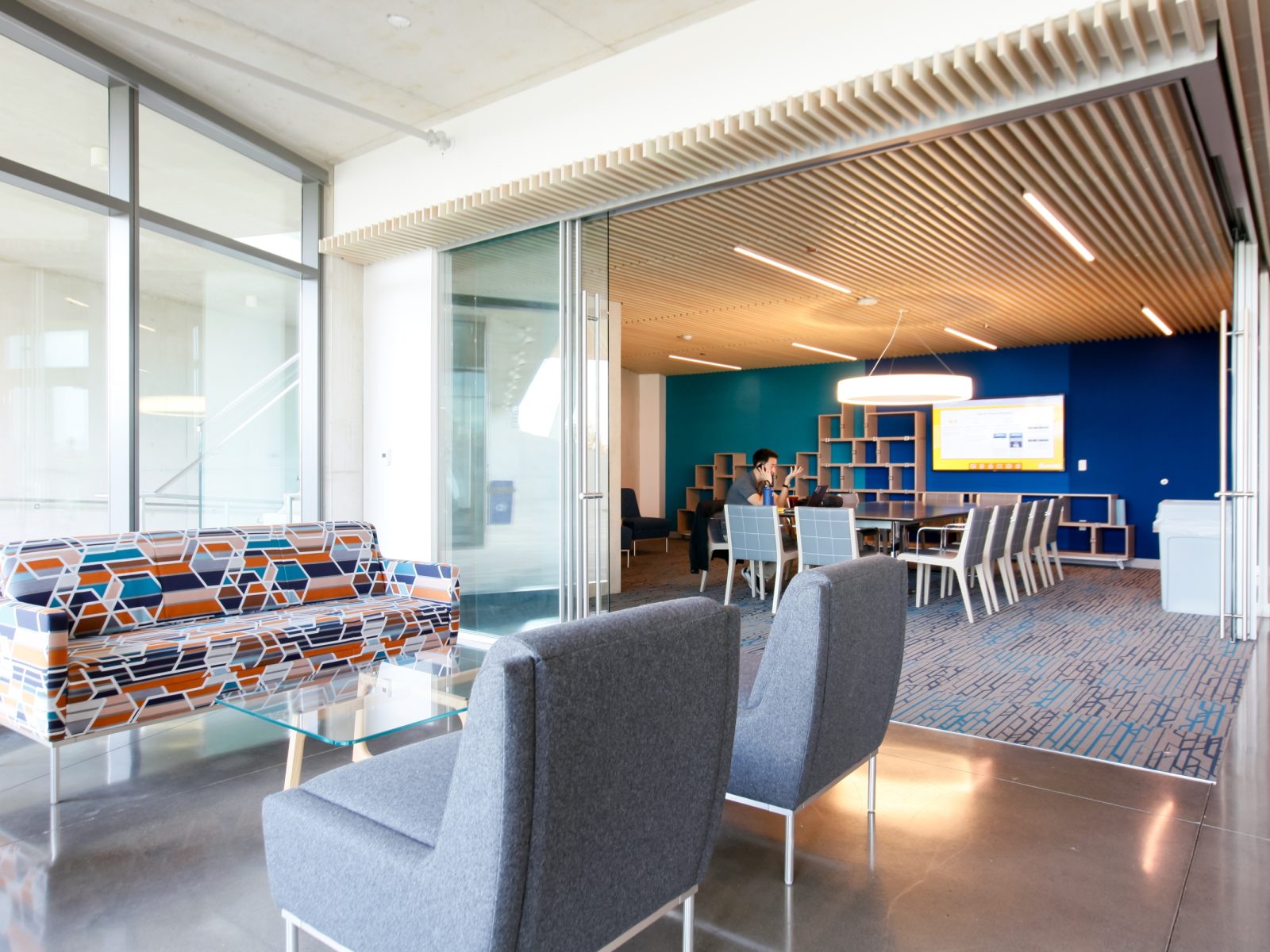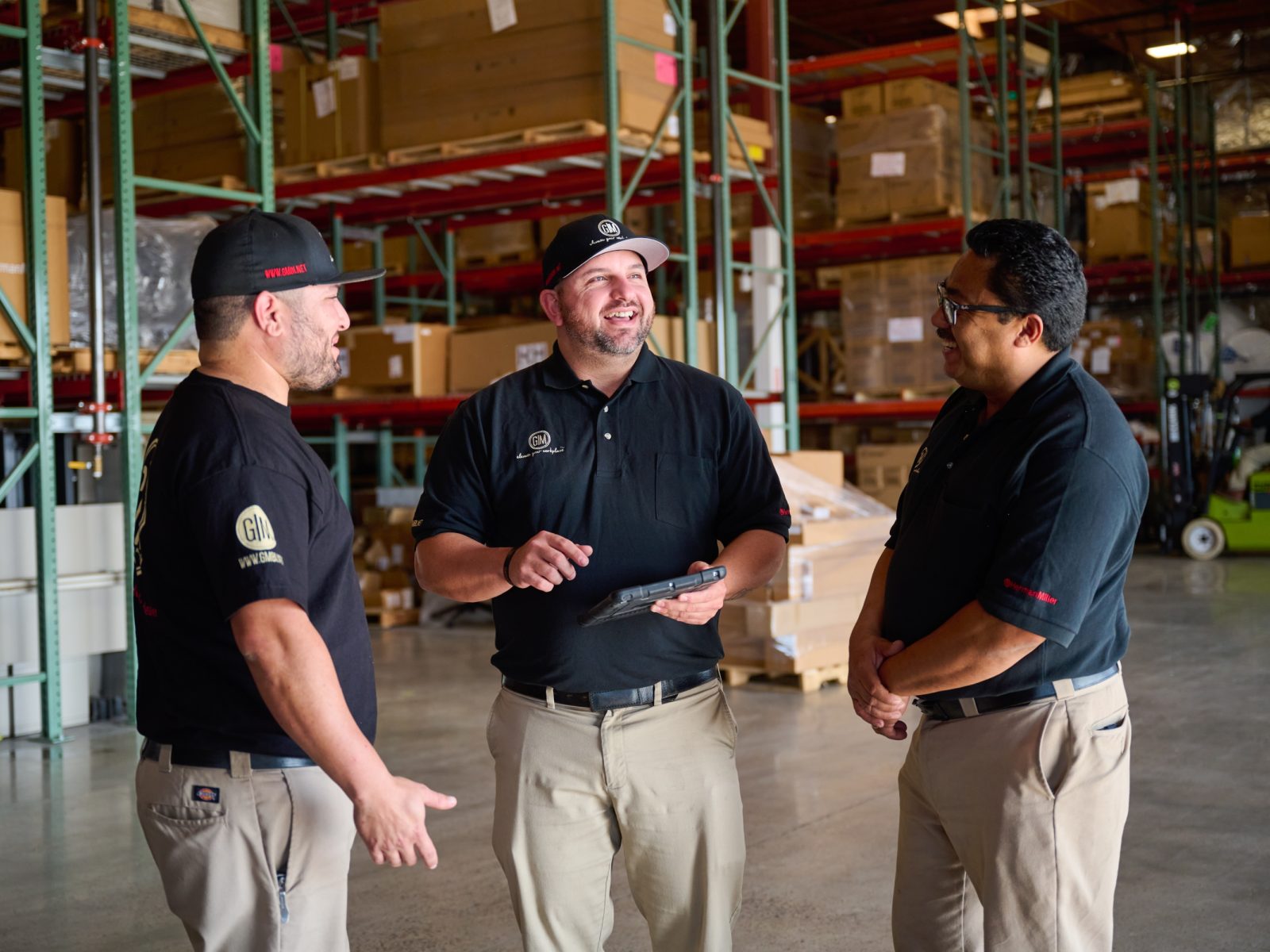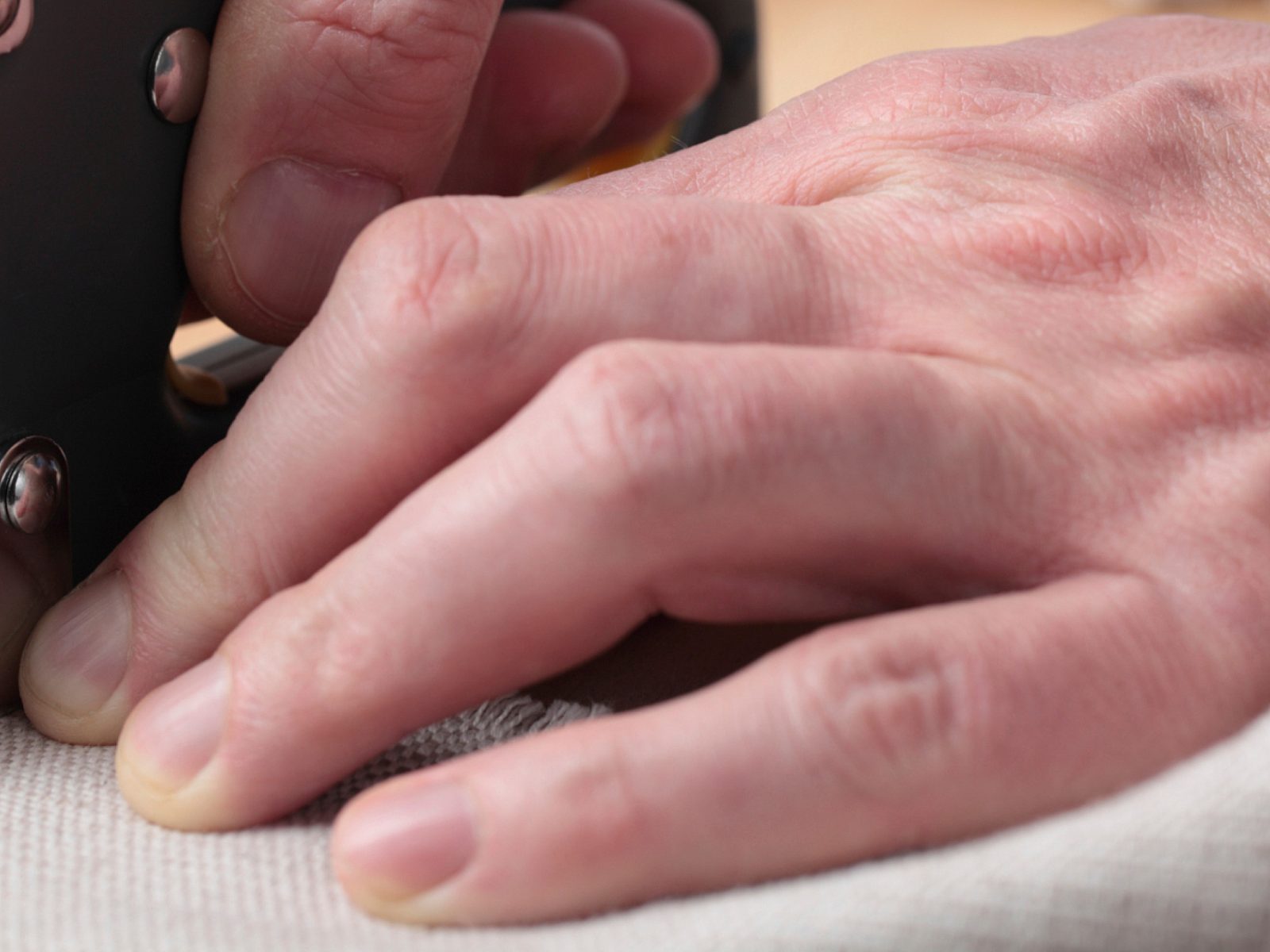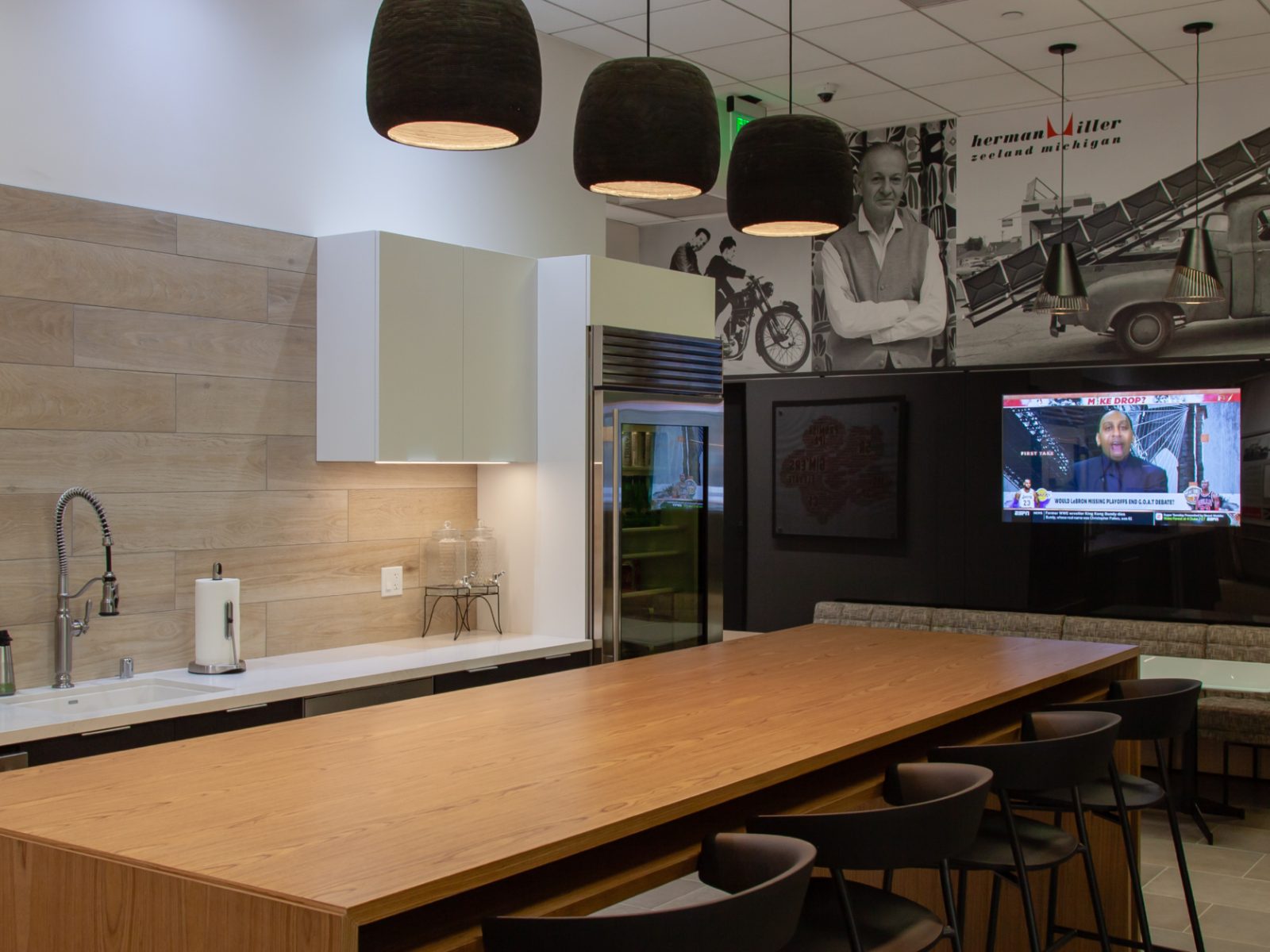Creating The Right Spaces For Your Post-Pandemic Workplace
Re-designing your space for activity-based working can improve the workplace experience by better meeting the needs of your people.

This article was originally published by Allwork.Space.
As many companies bring workers back to the office, even if on a flexible or hybrid schedule, many are rethinking their pre-pandemic floor plans. As a trend already criticized prior to the start of the COVID-19 pandemic, open office plans now have the added stigma of being potentially dangerous for workers in light of virus transmission.
As businesses struggle with the decision to bring workers back to the office, the office buildings they might come back to need a reevaluation in order to support a post-pandemic workplace. Using Activity-Based Workplace Design can serve as a useful model for this reevaluation.
Floor plans can have a dramatic effect on the productivity of the people that occupy the spaces. If your office is too open or too private, too quiet or too noisy, it can be detrimental to health and productivity levels. Providing a wide variety of options, from focus space to socialization areas, can help workers be more productive no matter the type of work they are doing.
Activity-Based Workspace (ABW) Design
When designing a space, it is important to consider not only how people will use individual spaces, but how they move between them and throughout their space.
Providing flexibility in how and where people work within a space is a key concept in Activity-Based Workspace (ABW) design, and it can make or break your workplace experience.
Buildings may be static, but people are dynamic, so the floorplan must account for the motion of people through the static space. Very few people are able to be productive sitting in one position for hours on end.
On any given day, an employee may work from half a dozen spaces within the office. For example, they might:
- Start their day at a desk in a shared private office with the door closed to get a little focused work done.
- Then, take a video call in a small meeting room down the hall.
- Next, it’s time for coffee and to stretch their legs, so they may choose to set up their laptop at the counter in the lounge.
- For more creative tasks, they may prefer sitting in a comfy chair or on a couch with their feet up.
- If there is a team meeting, that means a whiteboard and a larger meeting space for collaboration.
- A quick phone call? That could be done on a walk outside to get some fresh air, or by jumping into a phone booth.
Having all of these spaces easily accessible throughout the day means workers are encouraged to take advantage of them and can be more productive as a result.
Types of Work to Consider
- Focus/Creative Work: A distraction-free setting. This could be an open desk area, private offices, or isolated seating that makes it easy to put on headphones and get to work.
- Task Work: This can be in a more general setting, distractions don’t matter as much. Also good for opening desk areas, but also for a coffee-shop-like setting with music playing and comfortable seating.
- Collaboration: A space for several people to talk to one another, with a whiteboard. this can be private or in an area where conversation won’t be distracting to others.
- Social: Kitchen, coffee bar, lunch tables, or anywhere that encourages chit-chat.
- Audio & Video Calls: needs small, private spaces like phone booths or small meeting rooms for 1-2 people.
- Presentations: This is best for larger conference rooms of 8 people and up to full classroom size, or even larger event size rooms.
Other considerations — there should be plenty of options for people to sit down at a desk, stand up, or otherwise change their position throughout the day, and each of these options needs to be available for all types of work. Think sit/stand desks, counter height tables, clusters of comfy chairs, etc.
More Benefits of Activity-Based Design
- Increased work productivity. When people have the flexibility to work the way they need to, and to do so easily with support from the space they are in, productivity is much easier to achieve.
- More interactions between workers means more opportunity for casual social connection. People moving throughout a building increases the number of interactions between them. This can lead to more conversations and social connections than if everyone stayed in the same place the entire day, without being a distraction to focused work.
- More movement. It’s just not healthy, on a variety of levels, to be stationary for too long. Moving around is good for our physical well-being. Changes in scenery can be beneficial to our mental health, as well as help to break up the workday.
- Happier workplace community. By designing spaces well for the types of work that can be done in each, it can minimize frictions between workers (i.e. no more loud sales calls next to you while you are trying to do focused writing or coding).
Implementing Activity-Based Workplace Design
There is no definitive rule of thumb for how many or what types of spaces you need for an ideal office environment. So, how can your office implement activity-based workplace design?
Track everything. Tracking how often your meeting spaces are being used, which ones, and also how often there are none available, is critical to understanding how to optimize the use of your space.
Also important is tracking the type of work that needs to be done — is most of your demand for private offices, and if so, is that only because the office is not offering enough flexible workspaces to meet their needs without having dedicated private space? Will most of your workers be in office part-time? Is your large conference room sitting empty, or worse, is there often one person in there squatting because they can’t focus in the open plan desk space?
These are all data points that can be used to adjust the physical space to meet the dynamic needs of your workers, and provide a much better experience for them as a result.
Whether you are in the early stages of designing a new office space, or looking to improve your workplace experience by re-designing the space you have, activity-based workplace design should be on your radar as a way to ensure you are meeting the needs of your workforce.

